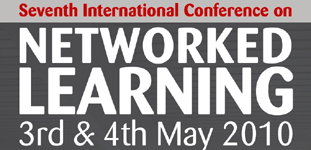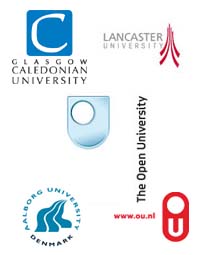

Resource generation networks and innovation, in fragmented institutions
Andrew Whitworth
University of Manchester, Manchester, United Kingdom
Abstract
Networks are recognised as a significant conduit for the dissemination of innovations. An 'exposure' model of innovation suggests that the adoption of an innovation is more likely, the more that other members of one's personal network are using it, and this is a network learning model that is related to the phenomenon of communities of practice. However, van der Gaag and Snijders (2004) recognised that not all resources distributed throughout a social network would be as valuable in particular contexts as others. A resource generation model of network analysis starts from the position that what matters for the adoption of an innovation - a change in working practice - is whether individuals are in contact with people possessing knowledge, capacity or other relevant resources that can assist the adopter.
This model forms the basis for the research project being described in this poster, one which aims at enhancing the resource generation networks within universities, vis-a-vis the dissemination of e-learning innovations, a task which many universities find difficult. Universities can partly engineer resource generation networks by providing helpdesks, staff development units, and so on, but while these may create network hubs to an extent, there is still a need for the more personal, organic networks of resource generation (communities of practice, friendship links, and weaker ties such as mutual acquaintance, familiarity with prior work and so on). These are likely to extend outside the institution.
Both the engineering and organic approaches are challenged by the structure of universities generally, and fragmented ones particularly. It remains difficult to diffuse innovation across different parts of an organisation. This existing fragmentation is now exacerbated by the development of institutions with widely separated satellite campuses, including in different countries.
The project is currently in the pilot stage, and has mapped the social networks of two self-contained but fragmented academic units: Manchester Business School (with 6 satellites around the world) and NCUK, a consortium of colleges in various countries.
The first phase of the research has involved using a version of van der Gaag and Snijders' research instrument to ask respondents who they would go to for help solving problems with e-learning. I seek to confirm the hypothesis that in these case organizations, there will be clear 'cut points' in the network - individuals or small groups on whom the ability to use social networks to diffuse learning and innovation across the different parts of the organization will depend.
Phase two will involve researching in a behavioural change intervention in one of the organizations, one targeted at key individuals or groups as defined above. Both organizations will then be re-examined after a year, checking the evolution of the resource generation networks over this period.
| About NLC | Welcome Messages| Acknowledgwments | Conference Proceedings| Keynote Speakers| Index of Presenting Authors| Contact |